The Creative Process, Where do Design Ideas Come From?
Good ideas rarely come from thin air. For me, they come from many places, variations on previous ideas, nature, human-made objects, random doodles, the materials I have in front of me, my past experiences or the work of other artists. Occasionally, good ideas do come, seemingly from nothing, but I suspect they are linked to the previous list somehow.

They rarely come in the form of a complete idea but in little pieces that need to be played with, teased, experimented with, modified, simplified, combined and elaborated.

For me, the sketchbook is the most important part of the creative process. ANY interesting idea, thought, image, photo, clipping or sketch gets added to (shoved into, pasted, scribbled or carefully drawn) one of my many sketchbooks. I must have 30 or 40 of them. They are laying all over the place, in my bag, in the dining room, by the bed. Creative ideas fly by all the time, you need to be ready to catch them. Interestingly, maybe half of the content of my sketchbooks are words and notes, not images.

Over the past year or so Pinterest have also become an important tool in my creative idea toolbox. I have dozens of pin-boards of inspirational ideas that I have found online. This is a great place to begin if my mind is blank when I sit down at the bench. Not for 'copying' the work of others, but to get thinking in new ways.

Once I have some direction, I begin fabricating with wax. Often my starting idea changes and morphs into different ideas as I work. I try not to fight that, I just roll with it. I'll fabricate in wax for hours, often creating a half-dozen or so waxes at a time.
For some metal artists, the wax fabrication process marks the end of the creative process and the beginning of the finishing process. I like to include wax fabrication as part of the creative process. I rarely create 'finished' wax designs the first time around. I'll make a wax, cast it in silver, partially finish/polish it, examine it, think about it, share the good stuff with a focus group and then go for a 'second draft' in wax modifying/improving the design and cast again. It is not uncommon for a design to go through 4+ generations of castings.
As I move closer to a refined finished design, I pay closer attention to craftsmanship and finish. You keep doing this until you are ready to either 1. melt it down and forget it 2. walk away from it and maybe come back to it in a few months or years 3. Include it in a collection and put it into production.

For some artists, the idea of asking for feedback or 'critique' from others as PART of the design process might sound like a stressful or crazy idea. But I find that some of the ideas I am most excited about, others are not. I also find that some of my ideas that I am 'lukewarm' on are hot with others. This feedback helps to inform the creative design process for me. My time is my most valuable commodity and wasting it on ideas that others are not responding to is wasteful in my mind. However, there are a few ideas that I have been working on for a long time that only seem to excite me. Others just scratch their heads and ‘don’t get it’. I am both intrigued and motivated by this, so I keep them on the back burner and occasionally spend some time on them.

